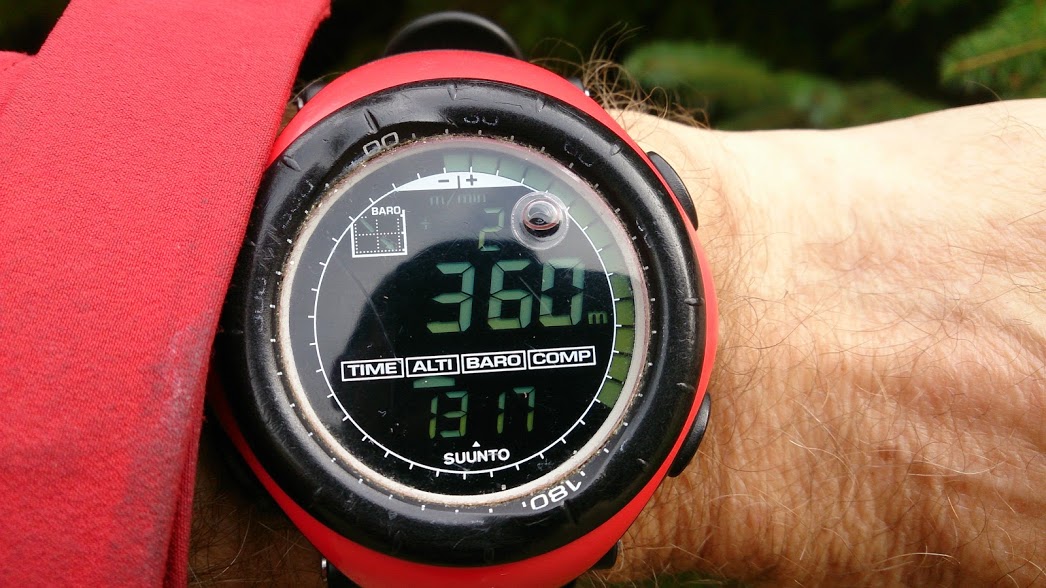5 Top Tips for Navigating with an Altimeter

Many of us have an altimeter as an integral part of our mountain watches, but how many of us know the skills of navigating with an altimeter?
Here are 5 tips on how to use an altimeter as a navigation tool.
Before we begin however, a note of caution, altimeter watches rely on barometric pressure to calculate altitude and as the barometric pressure fluctuates so does the altitude reading, and this can lead to serious errors if not addressed.
It is important to re-calibrate the altimeter regularly by re-setting it to the correct reading when a known altitude is reached, such as a summit, col or spot height. Read the height from the map, and adjust the altimeter accordingly. This is particularly important in areas where the pressure may change rapidly as weather systems track across the globe, for example over Ireland and the British Isles. Here adjustments should be made every couple of hours, as and when the opportunity presents itself.
- Knowing how high you are (absolute altitude)
Knowing how high you are (your altitude) and how far you still have to climb is a great way of monitoring your progress. This is particularly helpful on a long uniform slope with little in the way of landmarks, or when visibility is reduced as clouds descend or when night falls.
In poor visibility, reading off the altitude can indicate if you are at the summit of your mountain, or merely a lower, subsidiary top.
- Ascent rate
Checking your ascent rate is a great way of monitoring your progress. By checking both your increasing altitude and the time taken you can estimate your arrival time at the summit.
For example, if you have a 1,000 metre climb to undertake, and you have completed the first 200 metres of ascent in 30 minutes, then it should take you another 2 hours (4 x 30 mins) to reach the summit. You can check your progress against the estimated arrival time, and if all is going well, reach the summit. Equally, you can re-assess your plans or turn back if you are falling well behind the clock.
- Descending a slope
If you are descending a slope, perhaps in poor visibility, and you are required to make a change of direction to avoid steep and craggy ground, check the map for the height at which you need to turn off and when your altimeter reads that height, you can make the necessary change. (In the example below this is at the 790m contour).
This technique would work equally well if you were ascending a slope and needed to change direction.
- Traversing (Contouring)
Maintaining the same height as you traverse around a slope, (following a contour line), can be notoriously difficult in bad weather. There is a strong tendency to lose height as you go, and drop down the slope.
Checking that the altitude reading on your watch remains constant allows you to maintain your height and traverse the slope without any problems.
- Relocation (Aspect of Slope)
In a previous blog on relocation techniques, I explained how to use your compass to determine the aspect (direction) of slope and thereby determine what side of the hill you were on:
( Feb 2017 Relocation Techniques in Navigation)
This navigational technique can be combined with an altimeter reading to determine your exact location on that slope. In the example below the altimeter reads 600 metres, which places you at the red cross on the map.
Used in combination with other navigation skills, and your map and compass, an altimeter can be a valuable addition to your navigation toolbox.
